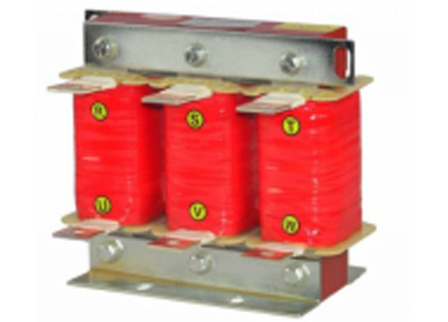- 0755-21675210
- acdrive@micno.com.cn
2021-03-11
The main function of the output reactor is to compensate for the influence of long-line (50-200m) distributed capacitance, suppress output harmonic currents, increase output high-frequency impedance, effectively suppress DV/DT and reduce high-frequency leakage current, thereby protecting the inverter and reducing The effect of equipment noise. When the capacitor is compensating for power, it is often impacted by harmonic voltage and harmonic current, causing damage to the capacitor and lowering the power factor. Therefore, it is necessary to control harmonics during compensation.

Common inverter reactor includes incoming line reactors, which are used to limit the current impact caused by voltage mutations and operating overvoltages in the power grid and can smooth the spikes contained in the power supply voltage to improve power quality. The single-phase DC reactor is mainly used between the DC link and the inverter link of the frequency conversion system. The main purpose is to limit the AC component superimposed on the DC current to a certain value. The main function of the three-phase output reactor is to compensate for the influence of long-line distributed capacitance and to suppress the output harmonic current, increase the output high-frequency impedance, and play a role in protecting the inverter.
Common reactors such as iron core reactors are characterized by small size, low magnetic leakage, and low loss, which can be installed in high-voltage cabinets. Its disadvantage is that it is noisy, magnetic saturation is prone to cause the coil to burn out, and it does not have the ability to suppress harmonics and short-circuit current. The dry-type air-core reactor has strong overcurrent capability, and the mechanical structure is relatively simple and firm, and it can also be used outdoors, but it has the defects of high active power loss and electromagnetic interference to the surrounding electrical equipment. In addition, there are types of reactors such as half-core reactors and magnetic shielding reactors.
It can be seen that the types and functions of reactors are diverse. In practical applications, reactors with different functions should be selected according to needs.